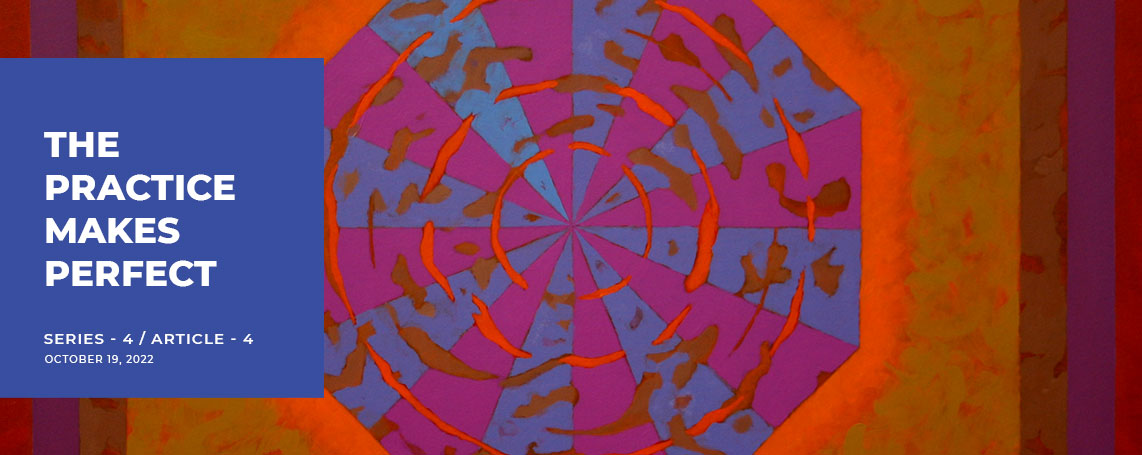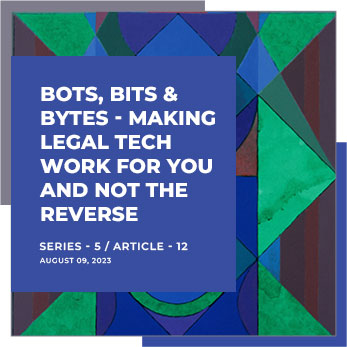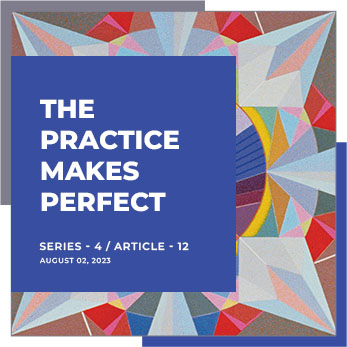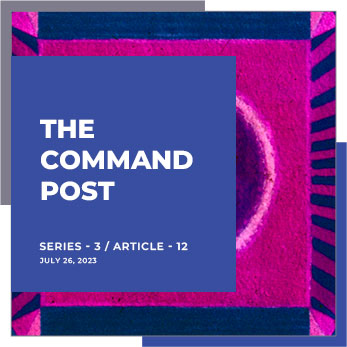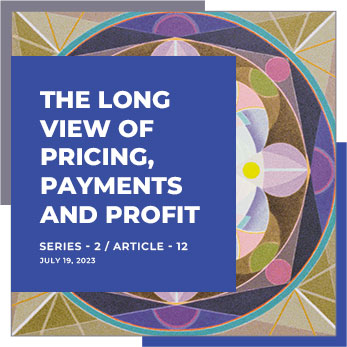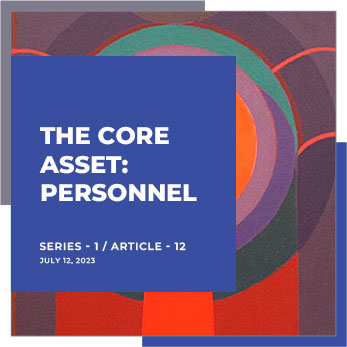Any lawsuit may be lengthy, costly, require outside experts, involve multiple parties, and have significant sums of money at stake. But when you seriously up the ante for each of those factors, drawing the litigation out over several years—if not decades–and employing not a few but full-fledged teams of attorneys while battling over hundreds of millions or even billions of dollars, you have the hallmarks of a complex litigation case.
Not for the uninspired nor the garden-variety litigator, complex litigation practice requires an investment of time, energy, focus, financial resources, and commitment to the cause, possibly in multiple jurisdictions, for the –very—long run. Let’s take a look at how top-gun complex litigation experts tame this organizational nightmare.
Record-breaking Litigation
Complex litigation cases can arise from virtually any dispute, whether over taconite tailings dumped into Lake Superior (eight years), overcharging by a healthcare provider (seven years), securities fraud by high-tech and pharmaceutical companies (fifteen-sixteen years), or, the granddaddy of them all: the Myra Clark Gaines litigation (Louisiana) running fifty years from 1834 until 1889 when the U.S. Supreme Court finally ruled in her favor— unfortunately, four years after poor Myra’s passing.
Along the way, of course, neither nature nor the law stands still while waiting for the verdict, and as a result, lawyers can leave the team and move on to another firm, judges can retire, and intervening precedential rulings–especially from the U.S. Supreme Court– can, as Robert Burns poetically noted above, seriously upset the trajectory of one side’s careful litigation planning.
What’s Taking So Long?
Sooner or later, your sophisticated business clients will likely find themselves engaged in complex litigation, usually structured as a putative class action, whether as a result of alleged securities fraud claims by shareholders arising out of ‘misstatements’, or mass tort MDL litigation due to medical device or pharmaceutical product negligence, or other similar disputes. In those cases, the first step involved is certifying the class—which can take months—followed by the battle over who wins the Holy Grail of being appointed Lead Plaintiff and Lead Counsel.
With those ‘preliminaries’ out of the way, the case then inevitably turns to one of pre-trial motion practice with the FRCP Rule 12 arguments taking off: Rule 12(b)(1)—lack of subject matter jurisdiction, Rule 12(b)(2)—lack of personal jurisdiction, Rule 12(b) (3)—improper venue, and Rule 12(b)(6)—failure to state a claim. In most cases, discovery is stayed pending the outcome of such motions to dismiss, thus further delaying the progress of the case. And, once discovery does get underway, the next points of contention are the qualifications of expert witnesses and the various Daubert challenges to them, along with motions to exclude reports, tables, charts, statistics, and other bits of expert testimony proffered by each side. Unhappy with a ruling along the way? No problem. An interlocutory appeal will render the ‘final’ say—for now. “The best-laid schemes of mice and men, go oft awry”
In the Words of An Expert
A California complex litigator with over 20-years of first-chair experience has offered some tips on how to manage the unmanageable over the long run. His first tip is to stay focused throughout the litigation until the matter’s conclusion. Both the legal team and the client need to be realistic about the prospect of impending fatigue and prepare for it by maintaining the focus of the case. Part of that preparation includes:
- Building the Team: Building a solid bench of lawyers who are experienced in general litigation and sophisticated motion practice and have legal expertise in the industrial or commercial topic of the case, even if not SMEs, is crucial to building an effective legal team. Aside from the First Chair, every complex litigation team needs a qualified Second Chair who has a global view of the litigation and who can oversee its management.
- Sharing Knowledge: Big picture planning should not be left to a few seasoned practitioners but rather should draw more universally from other team members, who should be given roles and responsibilities not just for the inherent value to the litigation scheme but also to keep their enthusiasm and focus sharp and provide them with a sense of shared ownership. The team must develop a team culture and community that readily shares litigation intel and other institutional knowledge with all team members. Once put in place, the team’s members must feel empowered to go forward and contribute to the strategy.
- Creating a Timeline: Your litigation timeline will of course turn out to be a moving target as events invariably unfold that you cannot control. However, starting with a firm idea of where you want the litigation to go and by what general date points is an indispensable exercise, for it will first of all, communicate to all team members where you are going and what is expected of each one, and, in addition, will map out the progress—as well as the hiccups—of your litigation strategy. Furthermore, as you update your timeline—a must—it will provide an archival record of what has been achieved to date as well as what needs to be drafted and filed as the protracted litigation draws out. Lastly, it will serve as a record of informing your client as to what has been accomplished.
- Client Contact: While clients of course need to be regularly updated as to the progress of any legal services rendered by your practice, in cases of complex litigation, as noted above, the client is also inclined towards ‘litigation fatigue’, and might perhaps urge quick settlement just to get the matter behind them—even if it is not in the client’s bests interest to do so. By updating the client as to ‘how close’, or, remote, the likelihood of prevailing is, both the ethics involved as well as attorney-client relationship considerations are preserved. Over the long run, complex litigation cases have their rewards, if not by way of a prized multi-million-dollar judgment, or conversely, a dismissal, then at least by way of the substantial hourly billings accrued. The main thing, for either side, is to not lose focus!
Executive Summary
The Issue
How to manage long-term, complex litigation often times comprised of a class action or MDL proceeding.
The Gravamen
Proper planning and staying focused are essential elements of standing up to the rigors of complex litigation, typically lasting several years.
The Path Forward
By building and empowering a team of experienced lawyers with duly delegated responsibilities among your legal team’s members, your firm will be well positioned to maintain focus and counter the scourge of ‘litigation fatigue.’
Action Items
Build:
Assemble a team of both seasoned litigation and motion-practice experts, as well as those having legal expertise in the topic of the case.
Empower:
Team members must be given roles and responsibilities, affording them the opportunity to see and participate in the ‘big picture’, and to contribute to the litigation culture and strategy decided upon.
Timeline:
Benchmark planning as to requisite filings, and a record of successes, defeats, and solutions going forward will give your litigation scheme structure and define the course of your strategy.
Communications:
Communication within your team and between you and your client will help all concerned to maintain critical focus and avoid the inherent complex litigation fatigue.
Further Readings
- https://corporate.findlaw.com/litigation-disputes/smart-ways-to-re-solve-complex-litigation.html
- https://higgslaw.com/three-points-planning-managing-lengthy-com- plex-litigation/
- https://www.majlaw.com/blog/2016/august/what-is-complex-litigation-/
- https://www.crowell.com/Practices/National-Coordinating-Coun- sel-Complex-Litigation/Management-of-Complex-Litigation
- https://scholarship.law.umn.edu/cgi/viewcontent.cgi?article=1319&con- text=lawineq

